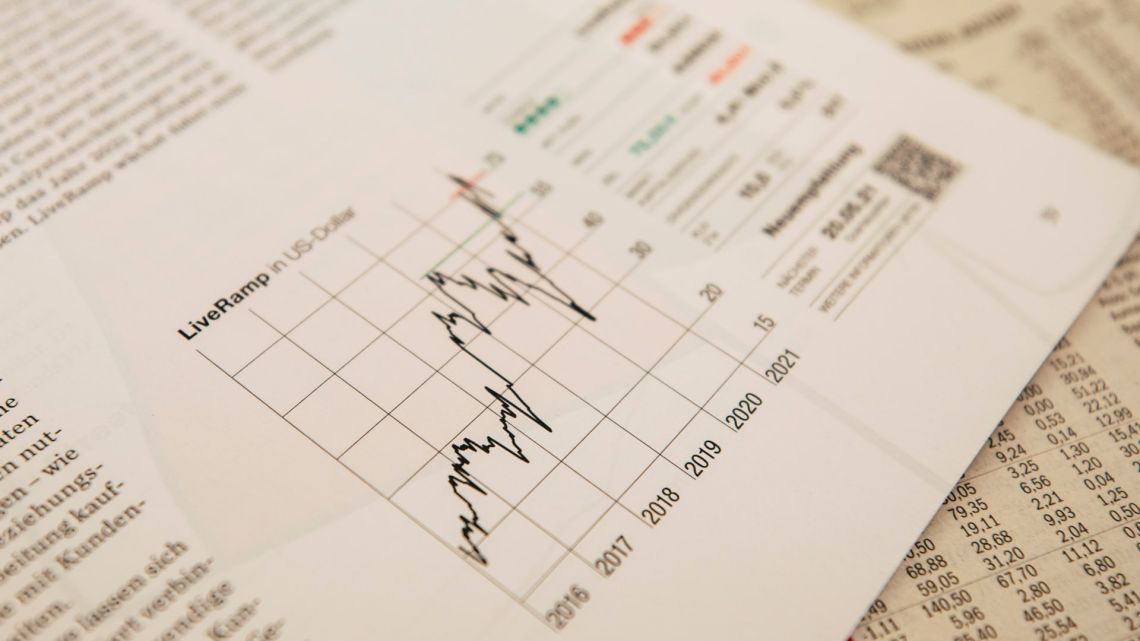
Introduction
A significant portion of the outstanding U.S. government debt is scheduled to mature within the next year, sparking discussions on how the Treasury plans to fulfill the government's borrowing requirements.
Maturing Debt Statistics
According to a chart presented by Torsten Slok, the New York-based chief economist at asset management firm Apollo, approximately $7.6 trillion of debt is set to mature in the next 12 months. This amount closely approaches the level observed earlier in 2021.
Impact on Interest Rates
Slok emphasizes that this situation has contributed to an upward pressure on interest rates. However, some strategists challenge the validity of this claim, highlighting the difficulty in conclusively proving its impact.
Concerns Over Treasury's Increased Issuance of T-Bills
Introduction
There has been growing concern regarding the increased issuance of Treasury bills (T-bills) by the U.S. Treasury Department. Following a recent debt-ceiling fight in May, worries about the government's ability to meet its financial obligations led to a spike in yields on debt maturing in early June, reaching above 7%. However, T-bills have proved to be an effective means of absorbing unexpected issuance needs. The Treasury Borrowing Advisory Committee (TBAC), a group of advisors to the Treasury Department, believes that the current levels of demand can sustain this approach.
TBAC's Outlook and Recommendations
In a letter addressed to Treasury Secretary Janet Yellen, Deirdre K. Dunn and Colin Teichholtz, the chair and vice chair of TBAC, stated that T-bills can continue to serve as an effective absorber of unexpected issuance needs. They highlighted the expectation that the T-bill share of outstanding debt will rise above 20% in the future, which is at the upper end of TBAC's recommended range. While TBAC expressed comfort with temporarily running slightly above this threshold, they also advised the Treasury Department to take steps towards normalizing the level of T-bill issuance over time.
Uncertainties and Market Response
Ben Emons, a senior portfolio manager and head of fixed income at NewEdge Wealth in New York, emphasized the importance of Treasury's next steps. As this week brings 10- and 30-year auctions, the market will need to digest more supply. Emons raised questions about whether Treasury will issue more long-term bonds or reduce their issuance. While minutes from TBAC's August meeting hinted at Treasury leading towards increased issuance of long-term debt, these plans remain uncertain.
In conclusion, concerns surrounding the increased issuance of T-bills have arisen after the recent debt-ceiling fight. However, TBAC and the Treasury Department believe that T-bills will continue to be successful in absorbing unexpected issuance needs. The recommended range for the T-bill share of outstanding debt is expected to exceed 20% in the future, but steps will be taken to normalize this level over time. The market awaits Treasury's decision on whether to issue more long-term bonds or reduce their issuance, as uncertainty looms.
Treasury Yields Rise as Bank of Japan Hints at Policy Shift
Treasury yields experienced a significant boost on Monday following comments made by Bank of Japan Governor, Kazuo Ueda, suggesting a potential end to the country's negative interest-rate policy. Concurrently, the three major U.S. stock indexes - DJIA, SPX, and COMP - also demonstrated an upward trend in late-morning trading.
Increased Demand for Treasury Bills
With Treasury's upcoming auction of $35 billion in 10-year securities scheduled for Tuesday, and a $20 billion 30-year sale planned for Wednesday, there is currently a surplus of money either sitting or being moved into cash and money-market funds. This has enabled Treasury to issue bills without negatively affecting market prices.
Lawrence Gillum, a fixed-income strategist for broker-dealer LPL Financial based in Charlotte, North Carolina, explains, "There's a plethora of supply entering the market while central banks refrain from purchasing government debt. However, our stance remains that there will always be a buyer for Treasurys as long as they offer a risk-free rate. The only variable to consider is the price."
As the market eagerly awaits the outcome of these auctions, the overall sentiment remains positive due to the confidence in continued demand for U.S. Treasurys.













Write Your Comment